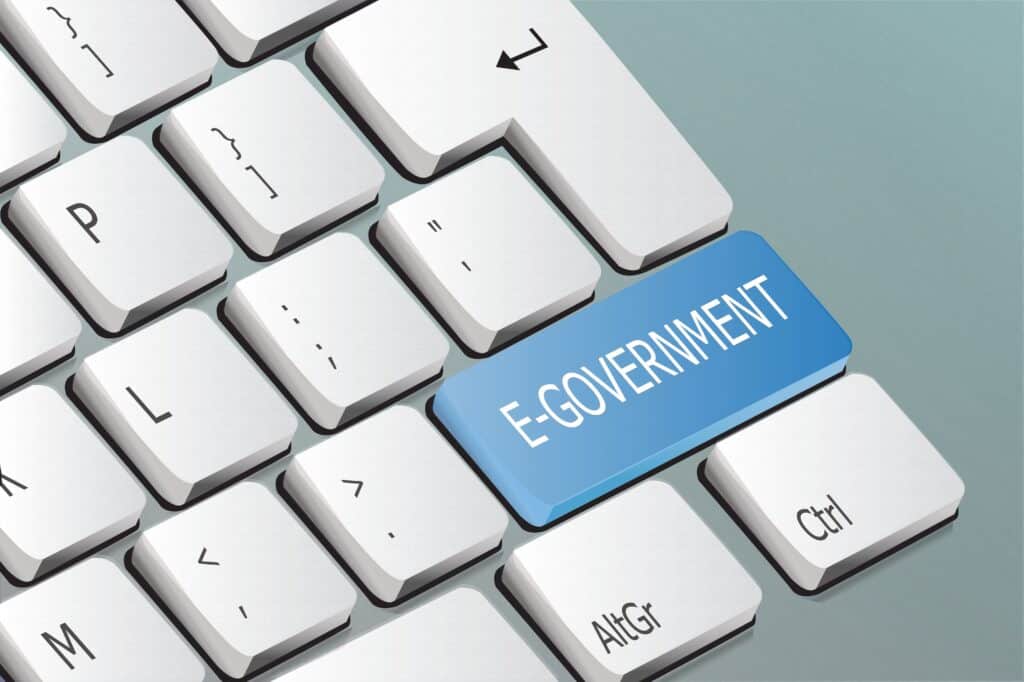The public sector has been criticized for its perceived inability to modernize programs to meet citizens’ needs. Multiple obstacles, including expensive, development-heavy projects have led to a quarter-century lag in modernization of government services and processes. In a rapid-paced world, all service delivery organizations, including the government, require the ability to turn up programs in response to unplanned external conditions.
Fortunately, government tech buyers are getting more sophisticated and demanding greater value and shorter time to deliver solutions. Agencies have been rapidly improving their agility over the past few years by adopting technology that improves internal and external process management. Digital transformation is a high priority for state, county, and city governments, and modernization initiatives are helping to accelerate it. When agencies can rapidly set up operational processes, the benefits go beyond workplace efficiencies and greater citizen convenience; they lay the groundwork for emergency response services.
Pandemic Aid: The Genesis of Automation for Public Emergencies
During the COVID-19 pandemic, state and local governments had to bring massive grant programs to life. These programs encompassed unemployment, housing, small business, healthcare, education, and PPE supply aid. Agencies that put digital forms and integrated workflow processing in place could turn CARES funds into immediate relief, and then expand those same forms and processes in order to execute larger-scale CARES programs.
In another example, when ARPA funds became available, distribution of those funds came with strict processing and accountability requirements. Workflow process automation gave constituents the option to remotely apply for services, while administration could process their submissions quicker. Implementing federal grants is never an easy task, especially when forms require 15 pages of information and extensive review chains. However, during this time of crisis, innovative agencies made the transition, enabling an efficient and compliant ARPA grant process—sometimes within weeks.
Forming Your Disaster Response
One element of government preparedness is having technology in place to facilitate tracking and delivery of relief. Here, an integrated digital form and workflow automation platform can help agencies act on a variety of situations. Fortunately, agencies that embrace automation for standard business processes already have a powerful system for responding to emergencies that can impact a large population.
In one example, a state organization had dozens of standard processes in place for internal and external operations. Unexpectedly, an avian flu outbreak in a neighboring state suddenly threatened the state’s food chain. Having a dynamic form solution in place enabled the state to prepare to ramp up information collection for hundreds of livestock health inspections in a short period of time.
When storm flooding ravages a municipality, a resource navigator form can help steer citizens to the housing, energy, transportation, food, health, and other assistance programs they are eligible for with application instructions and form links. Furthermore, residents can be part of the solution, helping to identify hazards. Automation enables them to complete forms that alert public services of emergencies and dangers, and the applications are limitless. People can report anything from potholes to multivehicle pileups, galvanizing response from utilities, safety personnel, and public works.
The Keys to Responsiveness: Compatibility, User-Friendliness, and Scalability
While digital forms and workflow automation can help, some technologies have limits. Several elements need to be in place if agencies are going to adapt digitized business processes to shifting external forces. First, compatibility with existing systems is paramount. Government can’t move quickly if a new workflow automation system entails a lengthy rip-and-replace implementation.
Second, forms and workflows must be designed for staff and users, not technical people. Although IT often gets involved in selecting and implementing these solutions, a platform should be intuitive enough for the employees carrying out these processes to design them. Here, it helps immensely when form fields and review progression are highly configurable to meet agency processes. Alternatively, extremely complex UIs and heavy coding prevents frontline workers from realizing the fruits of a highly adaptable solution.
Finally, the digitized process must be able to scale. Platforms need to handle 2,000 requests as easily as two. The system has to weather sudden spikes of applications or notifications brought on by unforeseen events.
When employees can change and rearrange form fields and workflows to adapt to changing requirements, and those solutions integrate easily with existing CRM, billing, and payment systems, as well as other important records databases, agencies are not only able to spin up new workflows quickly, they can ramp them up and down just as fast as needs change.
Achieving More Together
Of course, just because a solution is user-friendly doesn’t mean that vendor expertise won’t be needed. Complex, multilayered processes may call for automation experts to assist. It’s critical to have a services team that can bring knowledge from similar client scenarios, incorporate heavier technical elements, or simply bring a lengthy application approval route to fruition a little quicker when time is of the essence.
As their digital journeys continue, government agencies from across the country will glean greater insights from each other’s experiences as well. The public sector is innovating the ways it operates and engages the public, and a new consortium of technology experts and partners are taking services to a new level. Even more compelling are discussions around expanding successful state and local programs to regional and national levels. Here, collaboration and shared resources can bring even greater value on a larger scale. In the case of national emergencies, these value-driven initiatives can expedite the relief and services the public needs.
Forms and Workflows Are Still Critical After the Fact
Forms and workflows are just as important after recovery. Constituents can use them to provide feedback, good and bad, on how emergency response teams handled a situation, or if any potential issues still exist. Social workers lending support to the people most adversely affected by the pandemic, building inspectors assessing damage after natural disasters, and other field workers sifting through the aftermath of a catastrophe have to record pertinent details on the spot, where internet connectivity may have been a previous barrier.
Agency Be Nimble, Agency Be Quick
In order to serve their constituencies appropriately day in and day out, governments have to streamline their processes by making services easily accessible, reducing bureaucracy, and deploying staff on their most pressing initiatives. Integrated form and workflow automation solutions play a large role in accomplishing these objectives, but it just so happens that a byproduct of better organization is faster, more effective crisis response.
After all, a nimble government is one that will continually meet its citizens needs as things change.














